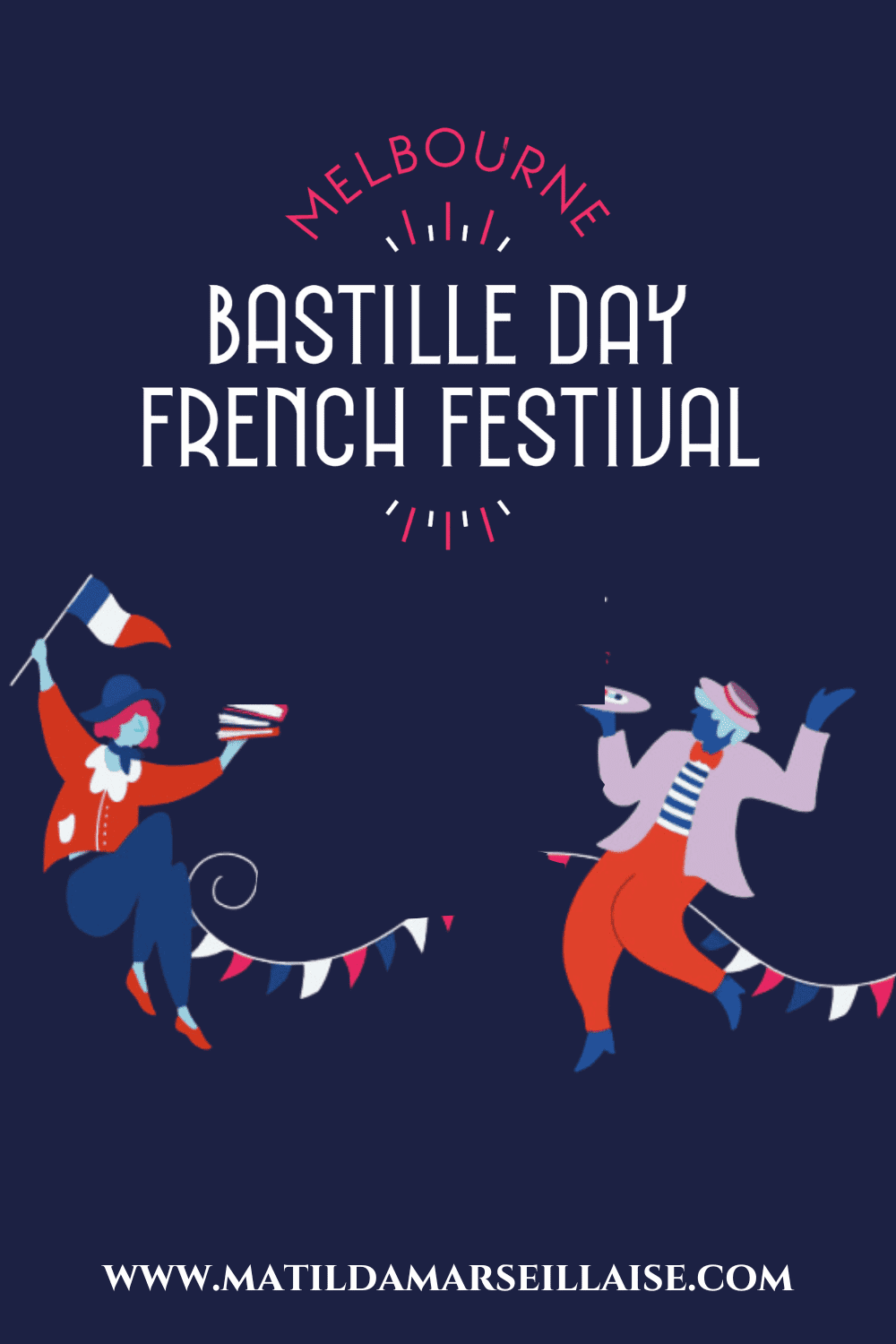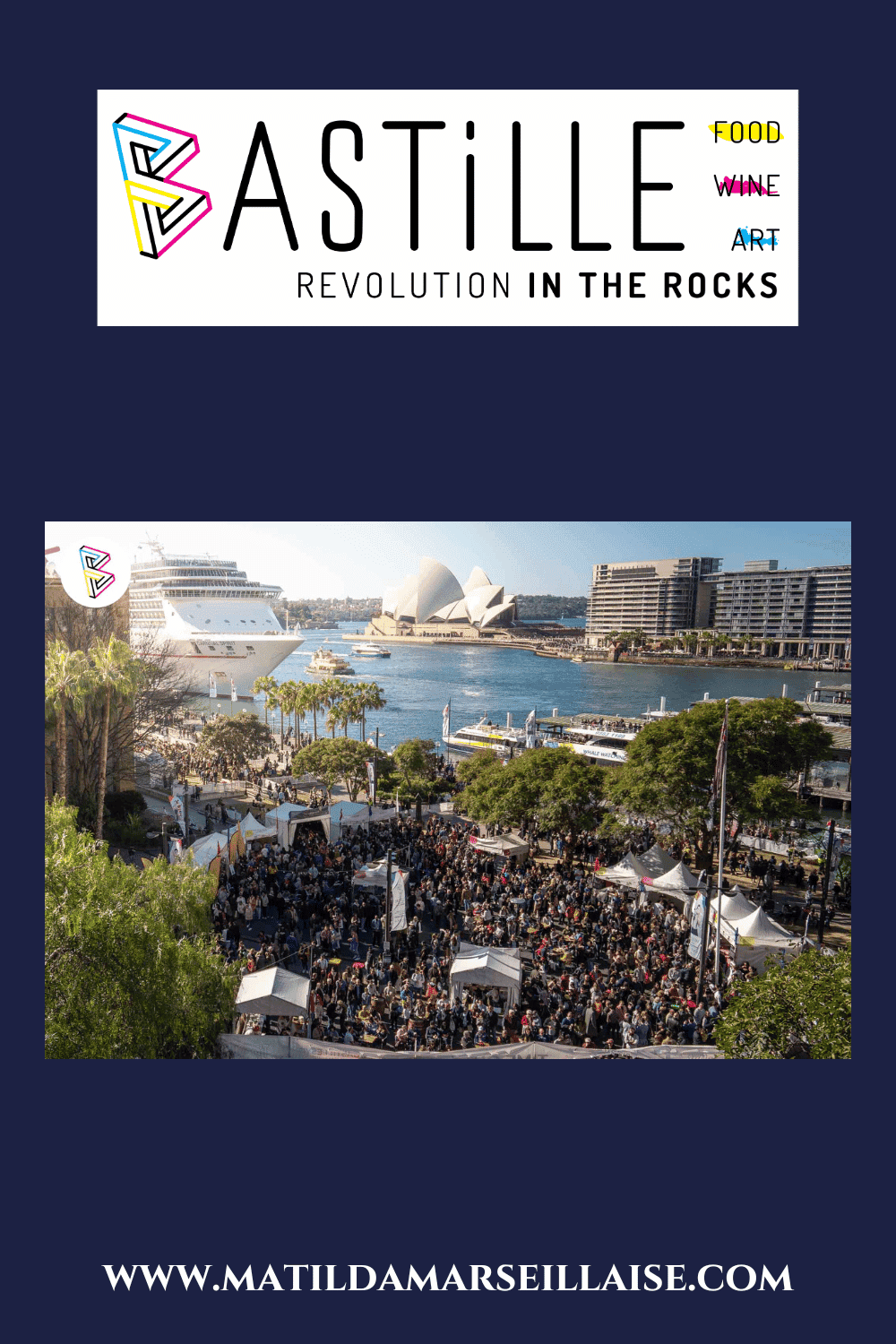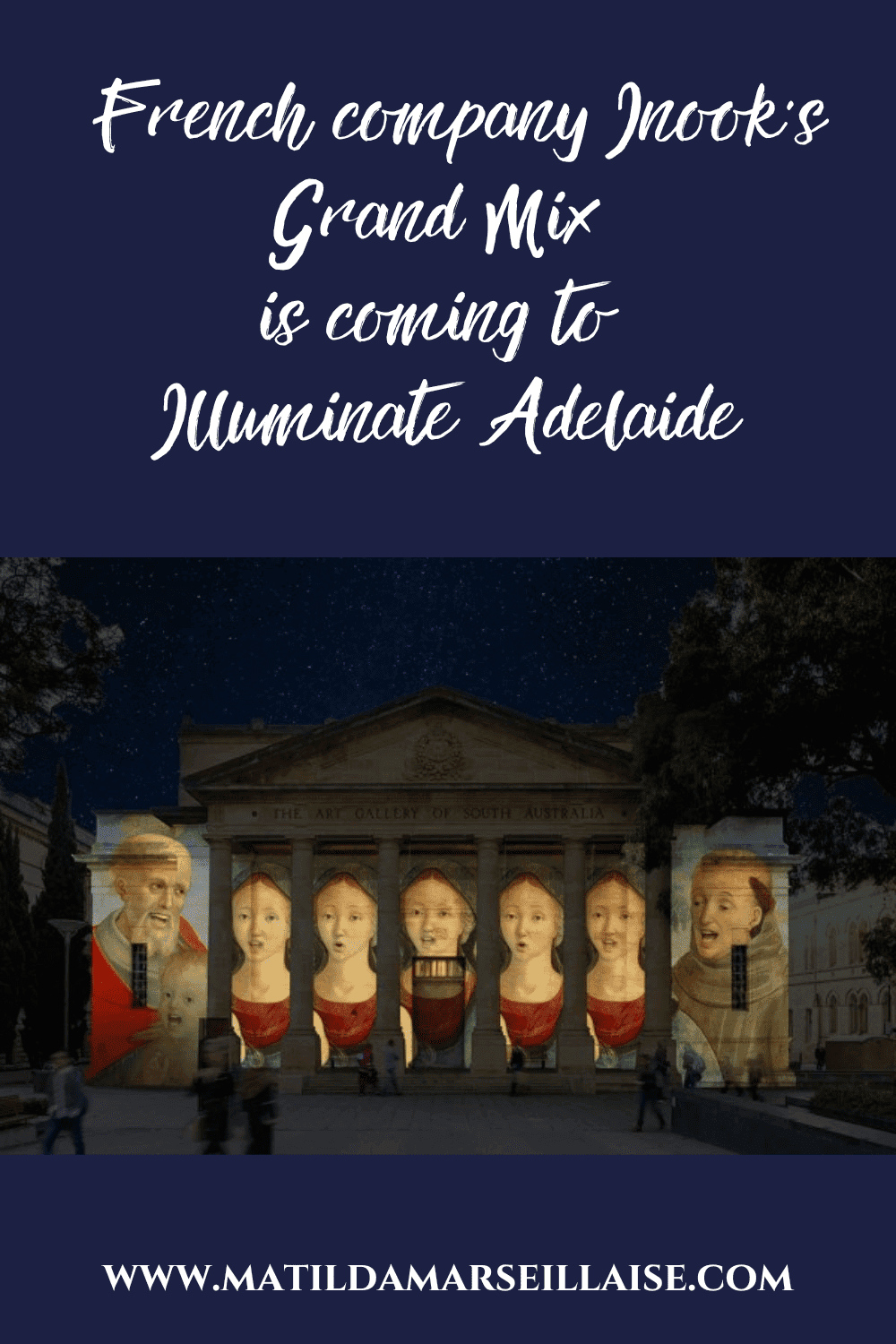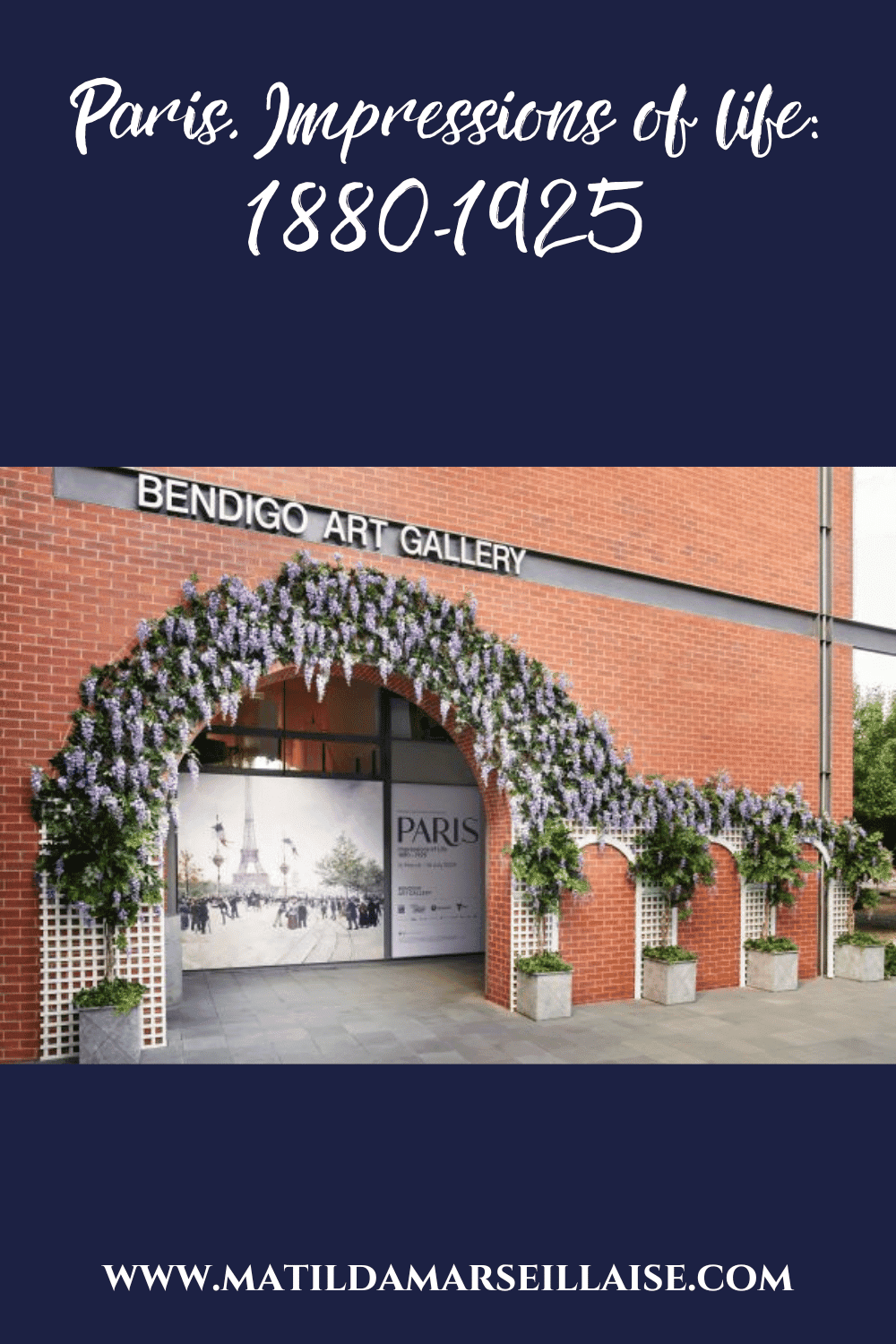Australian Louise Howlett and her ReAction Theatre are creating an immersive work entitled Secret of the Raft inspired by Théodore Géricault’s painting The Raft of the Medusa, which in turn depicts the sinking of the Medusa off the coast of Africa, and the people left to die at sea. Louise Howlett recently returned from France where she was granted a one month Odyssée residency in Rochefort by the ACCR – Association des Centres culturels de rencontre. We chat to her about her research, her time in Rochefort, Théodore Géricault’s painting and Secret of the Raft.

Louise Howlett, thanks for talking to us. You are the Artistic Director of ReAction Theatre in Melbourne. How long have you been in this role?
Thank you for having me. I’ve been the Artistic Director of ReAction Theatre since 2011 and it’s been a fascinating journey, working alongside talented teams and collaborating with many amazing artists. I feel very privileged to have the opportunity to shape and guide the artistic vision of the company. It’s a role that constantly challenges and inspires me.
Tell us a bit about ReAction Theatre and about your background.
ReAction Theatre is an independent theatre company based in Melbourne that I founded in 2011 and we work with different artists on a project by project basis depending on what is needed. At the moment, we have two projects in the works, a French/English bilingual production called “Secret of the Raft” that uses 3D projection mapping to bring Géricault’s iconic painting “The Raft of the Medusa” alive, and a play reading coming up by an exciting Maltese playwright, Simone Spiteri. Whether working with scripted plays or creating original devised works, we are committed to an inclusive approach that invites everyone to be a part of the magic of theatre. We believe that theatre has the power to touch hearts, provoke thought, and ignite the imagination.

My background is in acting and also teaching, so it was a natural progression to want to tell stories and make theatre on a wider scale. Having been a teacher, I found I had a lot of transferable skills in writing, directing and producing. As well as working on both these pieces, I also currently teach at Victorian College of the Arts Secondary School.
Since 2016, together with ReAction Theatre you’ve been working on a project called Secret of the Raft (formally ‘Les Mystères du Louvre’). The project is related to the Medusa shipwreck and its fallout depicted in Théodore Géricault’s painting named The Raft of the Medusa. Can you please tell us how you first found out about the Medusa, and what made you decide to delve deeper (pun intended) into it?
I wanted to create a bilingual French/English performance for a young audience and when the painting was introduced to me as a potential source of inspiration, I was surprised by how deeply it resonated with me. It tells a disturbing story about a group of people who were callously forced onto a raft and left to die at sea. Géricault created this masterpiece to remind humanity of its own capacity for inhumanity. The scandal that erupted in response to the painting only added to its significance.
As we continued our research, we discovered something remarkable, mysterious and intriguing: there was said to be a woman amongst the 150 men on the raft whose story had never been told and this was the inspiration for the cantinière character that we decided to develop and bring to the fore. Our aim is to amplify the voices of those whom history often overlooks, while simultaneously conveying the significant messages embedded within this story.

What was the idea behind the creation of the show? Were you looking to do something related to shipwrecks and happened upon the story of the Medusa or did the painting lead to the idea of transforming the story into a show?
My intention was to create a performance that brings a painting to life, particularly targeting a young audience. During my initial research, I came across Alain de Botton’s insightful books in which he discusses the concept of art as a mirror that reflect the complexities of human experiences and aids in our understanding of ourselves and the world. He also emphasises that art is a form of communication that allows artists to express profound thoughts and emotions that are often difficult to articulate. He also talks about art as an educational tool that enlightens us about history, culture, and the human condition, broadening our perspectives and knowledge. Inspired by these ideas, I became passionate about engaging people with art in particular, but also telling the story behind the art. I thought that if I could try to break through the canvas, and actually show what was behind a painting, it could help to uncover the deepest truths about what it is to be a human being.
Your project Secret of the Raft is a performance piece that combines 3D projection, installation, interactive participation and live performance to bring the iconic French painting, Géricault’s “The Raft of the Medusa” alive. Why did you choose The Raft of the Medusa for this project?
The Medusa shipwreck holds immense significance that extends well beyond being a historical event. It stands as a profound portrayal of human tragedy, leaving an indelible mark on both art and society. The tragic events leading to the sinking of the ship unfolded amidst a series of misfortunes. In 1816, the French naval frigate embarked on a journey to Senegal, carrying passengers and valuable cargo. However, poor navigation and the incompetence of the captain and crew resulted in the ship running aground on a sandbank off the African coast.
With limited lifeboats, chaos ensued as the captain abandoned the majority of the passengers and crew on a makeshift raft, the infamous “The Raft of the Medusa” Over the following days, hunger, thirst, and despair plagued the survivors, with only a fraction enduring the harrowing ordeal. This devastating event serves as a grim reminder of human suffering and the consequences of leadership failure and it is this event has been immortalised in a painting that possesses an undeniable emotional depth, resonating with audiences since its creation.
What makes this story so compelling? Well, it has it all—drama, emotion, and a touch of mystery. But its relevance extends beyond time and borders. Even today, amidst ongoing tragedies like the recent migrant ship sinking in Greece, this painting hits close to home. It serves as a heart-wrenching reminder of the immense challenges faced by those forced to embark on perilous journeys, while those in power often turn a blind eye, leaving them to their own fate.
However, in ‘Secret of the Raft’, we haven’t settled for simply admiring the painting from afar; our goal was to breathe new life into it! Through an innovative multidisciplinary approach, we wanted to merge 3D projection, installation, interactive participation, and live performance. This unique combination allows us to craft an immersive experience that transports the audience directly into the heart of the painting.

You’ve recently been in Rochefort in France on a one-month Odyssée residency through the ACCR – Association des Centres culturels de rencontre. Can you please tell us what the residency involves and how you came to find out about it and the grant process?
Certainly! The residency involves various elements. Firstly, it provides a dedicated time and space for me to immerse myself in my artistic practice, focusing on research, creation, and experimentation. Additionally, the residency facilitates interactions and collaborations with local artists, cultural organisations, and experts in the field. This allows for a dynamic exchange of ideas and perspectives, fostering a vibrant creative environment.
As for how I discovered this opportunity, I came across the ACCR’s residency programs by researching on the internet. The ACCR has an established reputation for supporting artists, fostering cultural exchange, and promoting artistic development. After learning about their initiatives, I became intrigued and decided to apply for the Odyssée residency.
The grant process for the residency involved submitting a comprehensive application that included my artistic background, proposed project, and the motivation behind seeking this particular residency. It also required providing a portfolio of previous work and letters of recommendation. The ACCR carefully reviewed the applications, and after a rigorous selection process, I was fortunate enough to be chosen for the Odyssée residency in Rochefort.
Overall, this residency has provided an invaluable opportunity for artistic growth, cultural immersion, and collaboration with local artists and organisations. I am grateful to the ACCR and to Centre International de la Mer – La Corderie Royale for their support and for making this enriching experience possible.

You’ve been over there during the month of May. Now that the month has drawn to a close, can you please share with us what research you’ve done and what you’ve discovered so far? (From Facebook I see you’ve been able to inspect the original log of the Medusa frigate, the uniform of Commandant Coudein who was the commander, and survivor of the raft.)
During my month in Rochefort, I had the incredible opportunity to engage in a variety of activities. The residency involved extensive research in the archives at the Service historique de la Défense under the guidance of Marie Chouleur, where I delved into authentic documents such as the actual Medusa ship’s log, examined a survivor’s naval uniform, and saw engravings from the bustling period when the port was at its peak.

I had the privilege of working alongside Arnaud Dautricault and Ariane Léandi, as well as their dedicated team at Centre International de la Mer – La Corderie Royale. They organised meetings and visits that allowed me to engage with a wealth of knowledge and expertise about the town and the local area. One of the highlights was the opportunity to converse with four different historians, each offering their unique perspectives, which greatly contributed to my understanding of the subject matter. These historians included Jacques-Olivier Boudon, a professor at the Paris-Sorbonne University; Denis Roland, a writer and former curator of the Musée national de la Marine in Rochefort; Michel Hanniet, an author with four books on the subject; and Michel Basse, a lecturer and guide at Le Musée Hèbre. Their insights added depth and richness to my exploration of Rochefort’s history and cultural heritage.

In addition to these insightful conversations, my exploration of the area included visits to several museums. From La Corderie Royale to the Musée de l’Ancienne École de Médecine Navale and the Hèbre Museum, where a replica of the Raft of the Medusa painting and a collection of contemporary Australian Indigenous art are housed, each museum experience further enriched my immersion into the vibrant cultural landscape of Rochefort.

Another unforgettable aspect of the residency was the opportunity to see and experience the landscape itself. Rochefort’s port, situated approximately 15 kilometers inland on the Charente River, provided a unique perspective and added a distinct layer to my exploration.
Finally, as my ‘Sortie de Résidence,’ I was fortunate enough to meet a talented troupe of actors led by Laurence Deguilhem from l’École de Théâtre Rochefort Océan, with whom I collaborated on a scene from the play. We had the honour of presenting it near the Charente River, right where the Medusa set sail. This experience created a profound connection between the historical context and the present, merging art and reality.

Charente River
Overall, the residency in Rochefort was a wonderfully enriching experience. It has inspired me to rework digital imagery and rewrite scenes with more intricate detail, incorporating the knowledge and inspiration I gained from the research, interactions with historians, museum visits, and the unique location itself.
Are you fluent in French and has this been a requirement to further you research for the project?
Yes, I am fluent in French, and it has indeed been a requirement to further my research for the project. Being able to communicate effectively in French has been invaluable in delving deeper into the historical and cultural aspects surrounding Géricault’s painting and the Medusa shipwreck. It has allowed me to access French resources, engage with experts, and gain a deeper understanding of the context in which the events unfolded. Fluency in French has certainly been instrumental in enriching the research and ensuring a comprehensive exploration of the project.
What is significant about the Medusa shipwreck?
The significance of the Medusa shipwreck lies in its haunting portrayal of human tragedy and the profound impact it had on both art and society. The Medusa was a ship that sank off the coast of Africa in 1816, resulting in the loss of hundreds of lives. This devastating event captured the attention of the public and became a symbol of the harsh realities faced by those at sea.
The Medusa shipwreck, depicted in Théodore Géricault’s painting, “The Raft of the Medusa,” serves as a poignant reminder of the human cost of such tragedies. It showcases the desperate struggle for survival, the power of art to shed light on social issues, and the lasting impact that these events can have on our collective consciousness.

Secret of the Raft includes a ground-breaking digital, lighting, sound and set design developed through your collaboration with experts from The Schools of Digital Media, Industrial Design and Animation and Interactive Media at RMIT University. How did you come to collaborate with RMIT and how many people are involved in the project? How may are students and how many are lecturers there?
I had the incredible fortune of crossing paths with Darrin Verhagen, a Senior Lecturer in Sound Design at RMIT, who saw great potential in our project and thought it would be an excellent opportunity for his students. Simultaneously, I was fortunate to meet Simon Curlis, a Lecturer in Industrial Design at RMIT, and we also connected with other RMIT students pursuing their Masters, all eager to collaborate on a captivating project. The serendipitous nature of these encounters brought together this remarkable team allowing us to bring the creative vision to life with success.
Throughout this journey, I have had the privilege of working alongside outstanding 3D projection artists, technicians, and animators from RMIT, including Homie, Sahaj Garg, Carlo Tolentino, and Dr. Gina Moore. Their contributions have been invaluable in bringing our vision to life. Additionally, I must mention the exceptional talents of Matthew Tankard and Angelina Crutchfield, our sound designers, who have elevated the immersive experience through their expertise. This year, the design team also included Christina Smith, Lecturer in Set Design at VCA and Aron Murray our Technical Director and Jeremy Pryles our Costume Designer. Lastly, I am grateful for the collaboration and guidance of Matthew Whittet, an award-winning playwright, whose invaluable input helped polish the script and bring it to its full potential.
The combined efforts of this extraordinary team have yielded remarkable results thus far. It is truly a testament to the power of collaboration and the exceptional talents of each individual involved.

Where and when will Secret of the Raft be shown?
Earlier this year, we successfully completed a creative development phase for “Secret of the Raft” and will now rework parts of the script and imagery ready for a prototype performance. The overwhelming interest and enthusiasm surrounding our creative developments have been truly fantastic. Although we are still in the exploratory stage and haven’t solidified specific plans or venues, we are gathering resources and considering possibilities both locally and internationally.
The fast-evolving landscape of immersive theatre experiences has sparked our imagination and inspired to bring ‘Secret of the Raft’ to life in a truly remarkable way. We are confident that this work will find its ideal stage, whether that be a theatre, art gallery or bespoke immersive space, and captivate audiences like never before.
Anything else you’d like to add?
We’d like to invite you to stay connected and join us on this incredible journey. Feel free to follow us on our social media channels (Facebook and Instagram – @reactiontheatre) and keep an eye on our website for updates.
You can see the work in progress here: www.reactiontheatre.com.au/in-development and if you would like to join our mailing list, please contact us here : www.reactiontheatre.com.au/contact
If you would like to know more about this work or if you could help us to reach the next stage of our journey, please feel free to get in touch here: [email protected]
Louise’s places to visit in Rochefort
Musée national de la Marine de Rochefort and L’Ancienne école de médecine navale
Service historique de la Défense
École de Théâtre Rochefort Océan
—
We thank Louise for taking the time to speak to us about Secret of the Raft and her Odyssée Residence.

For events with links to France and the Francophonie happening in October, check out our What’s on in October article






